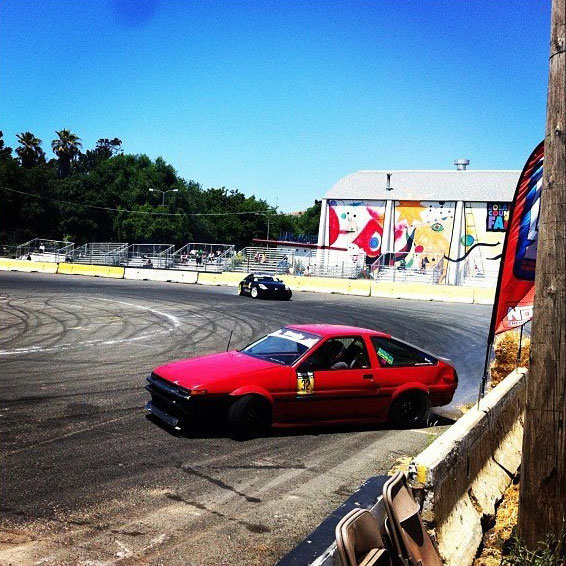& Why it’s Terrible for Podcasts
Recording audio on multiple devices in real-time will typically lead to audio drift when mixed & played back. Listening to the beginning of the mix will sound normal, but as the playhead advances the individual recordings will start to drift out of sync & overlap. This leads to hours of wasted engineering time & money in Post-Production. To fully understand the cause of this issue let’s unpack the definition that we started with.
Recording Audio
Digital audio is recorded as a list of numbers that represent the volume when a sample is recorded, a technique called Pulse-Code Modulation. The rate at which a sample is recorded & added to the end of the list is called the Sample Rate. The 2 standard sample rates are 44.1kHz & 48kHz.
On Multiple Devices
Sample Rate is a function of time, time is relative, & clocks are never in perfect sync. Moreover, if we record the same audio on two devices that are sampling at two different rates, when compared, the two recordings will drift apart like clockwork.
In Real-Time
Sound travels through our atmosphere at ~1,088 feet per second. If we record the same sound on two recording devices sampling at the same rate with one next to the source & the other ~1,088 feet from the source, the two recordings will drift like Tokyo.
Audio Drift on SquadCast? Nope!
This is the part where I’m supposed to tell you that it’s physically impossible for SquadCast to record podcast interviews on multiple devices in real-time without your recordings suffering from audio drift. Sorry to let you down, but real-time recordings on SquadCast DO NOT suffer from audio drift. Don’t believe me? Feel free to try it out & let us know, your first 14-days are on us.
Zachariah Moreno is the co-founder, CEO, & CTO of SquadCast. He is also a podcaster, author, developer, and designer. He and his team are on a mission to amplify collaboration.
